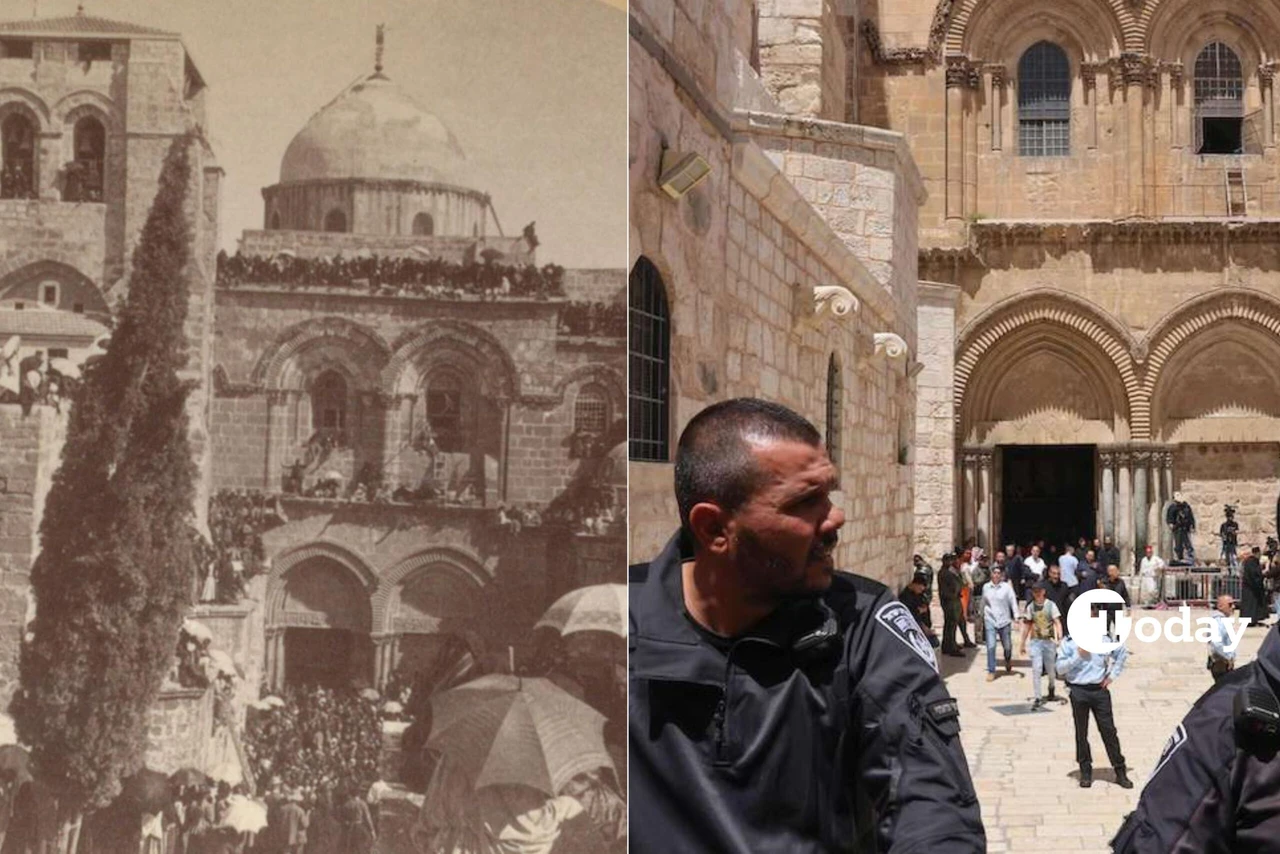Asarkale dig sheds light on Hellenistic to Ottoman Türkiye
 Archaeological excavations at Asarkale, which began this year in Samsun, Türkiye, October 2, 2024 (AA Photo)
Archaeological excavations at Asarkale, which began this year in Samsun, Türkiye, October 2, 2024 (AA Photo)
Excavations at Asarkale in Samsun’s Bafra district, initiated this year, are set to shed light on the region’s history from the Hellenistic period through to the Ottoman era.
Asarkale, a fortress built by Pontus King Mithradates VI Eupator, played a strategic role throughout history. The archaeological dig, which is the first of its kind at this site, is significant for both preserving the fortress and passing it on to future generations. As one of the 56 fortresses constructed during the reign of the Pontus Kingdom, Asarkale is expected to reveal valuable insights into the area’s past.
Supported by the Samsun Governorship, Samsun Metropolitan Municipality and Bafra Municipality, the excavation project is being led by archaeologist Kenan Surul, director of the Samsun Archaeology Museum.
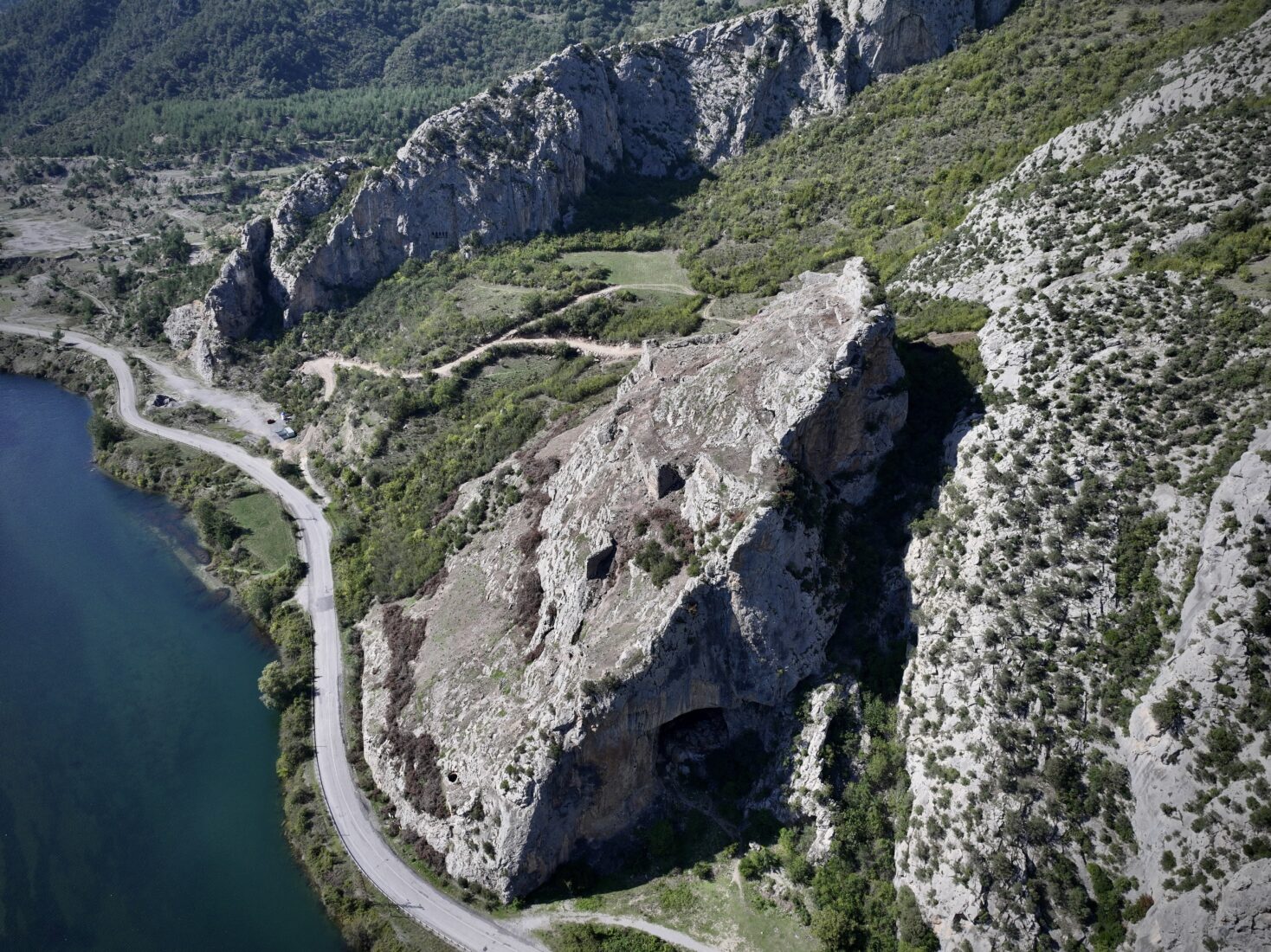
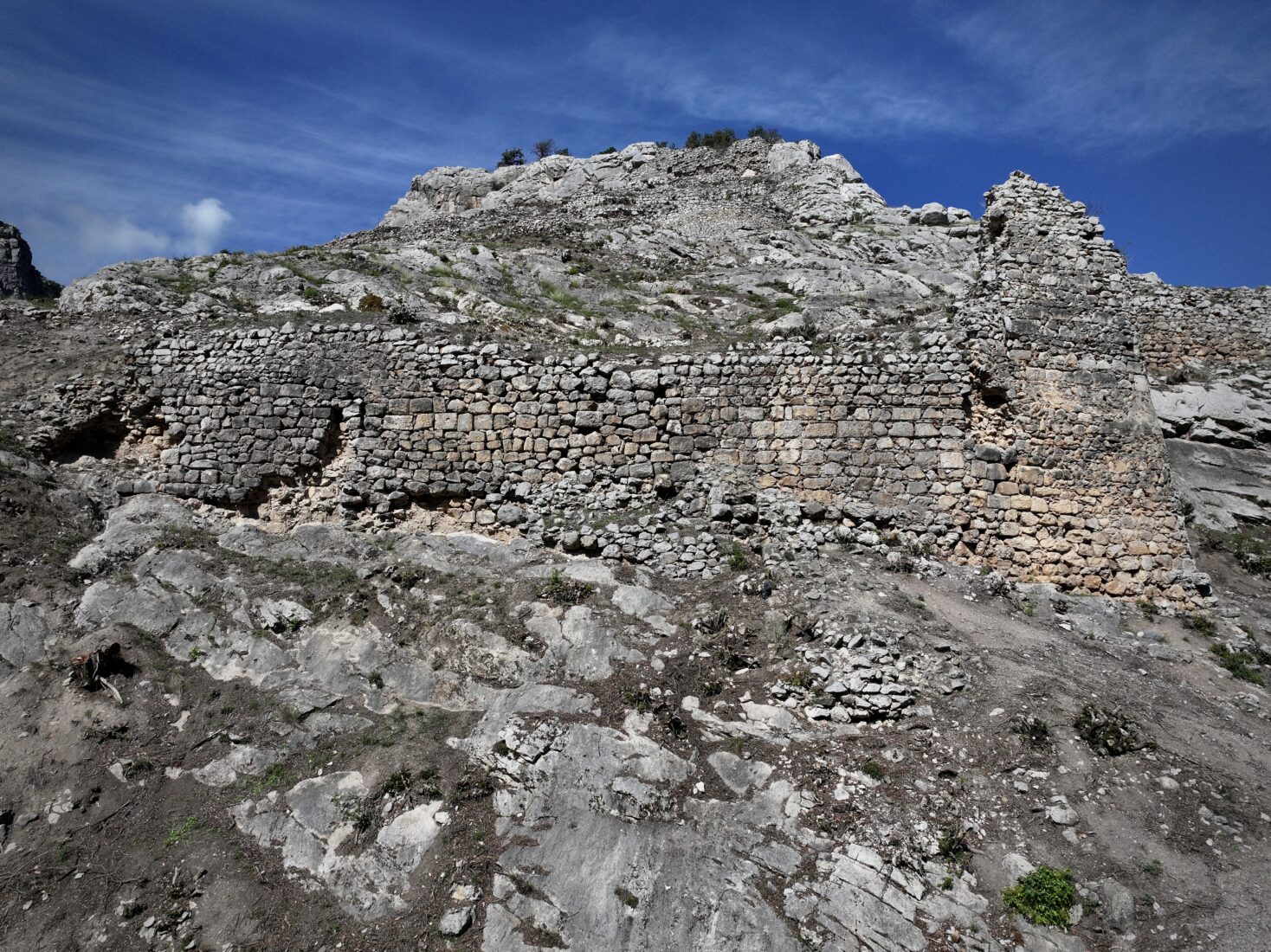
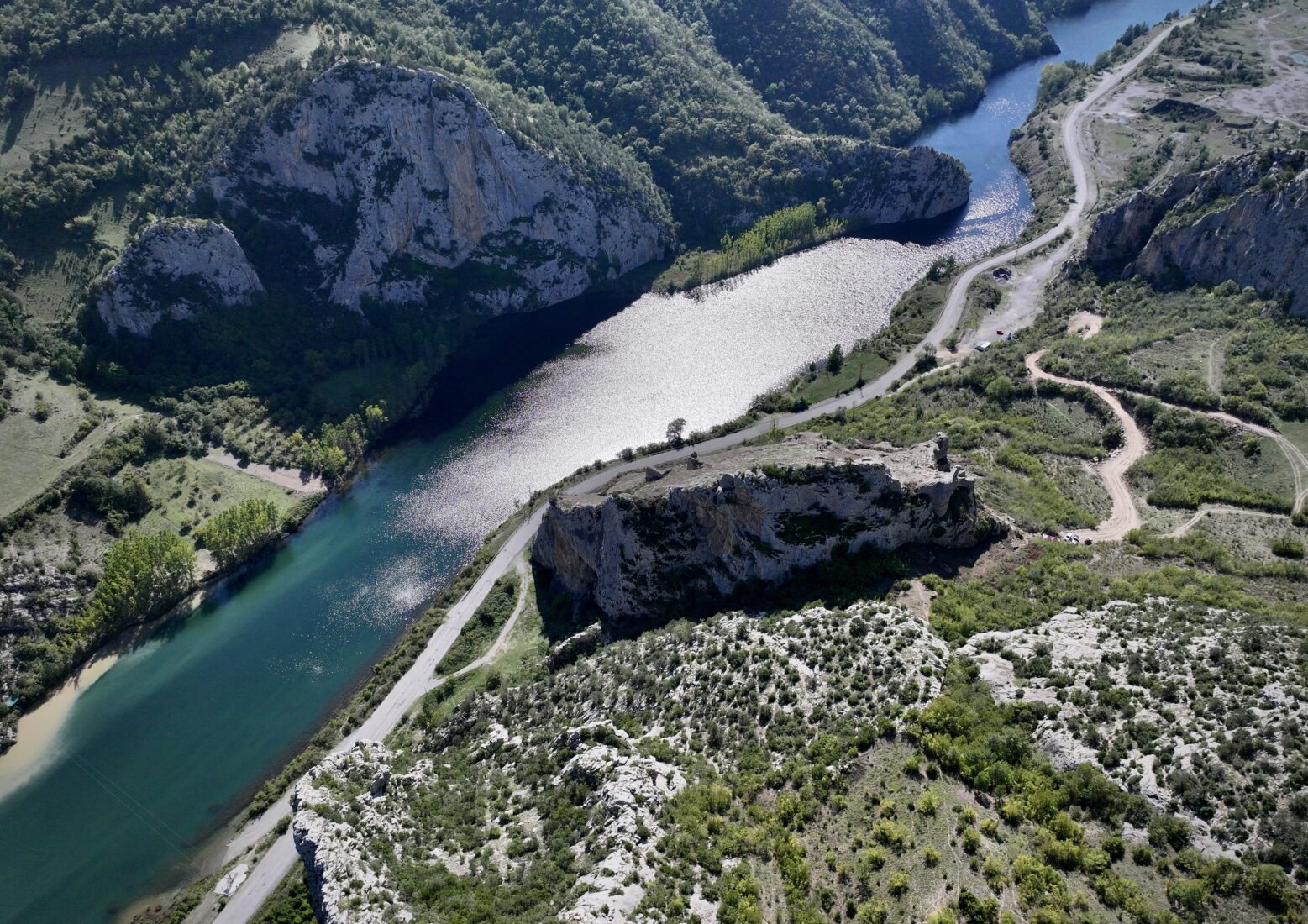
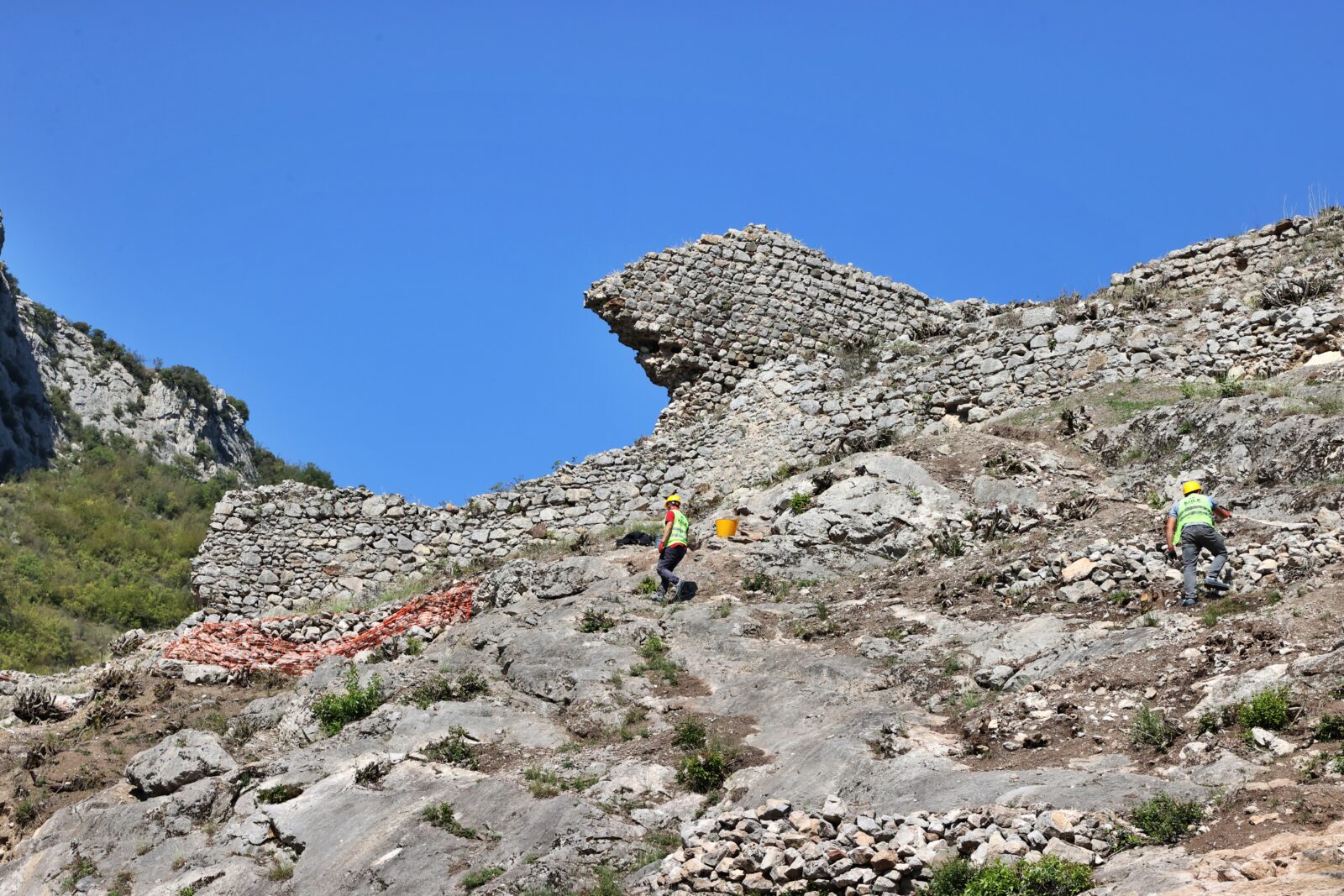
Excavations to unveil Roman and Hellenistic artifacts
The scientific consultant for the dig, associate professor Kasim Oyarcin of Ondokuz Mayis University (OMU), explained the scope of the project. In August, OMU architects and survey engineers began mapping and documenting Asarkale as part of a collaboration with Bafra Municipality.
Oyarcin elaborated, “Our initial work involved cleaning vegetation to document the existing remnants of the fortress. We aim to complete tasks such as mapping and creating a comprehensive plan of the site. The ultimate goal is to prepare a restoration project. Once approved, this will not only prevent further deterioration but also transform Asarkale into an accessible historical site for visitors. We’re even considering adding a glass terrace at the end of the visitor route.”

In addition to preserving the site, efforts are underway to promote Asarkale as a tourist destination. “The area contains a significant number of stones that we are safely storing for use in the restoration. We have already made basic improvements, such as creating paths, steps for easier access, and ensuring visitor safety during site tours,” Oyarcin noted.
The project also includes measures to prevent illegal excavations. A guard has been assigned by Bafra Municipality to monitor and secure the area.
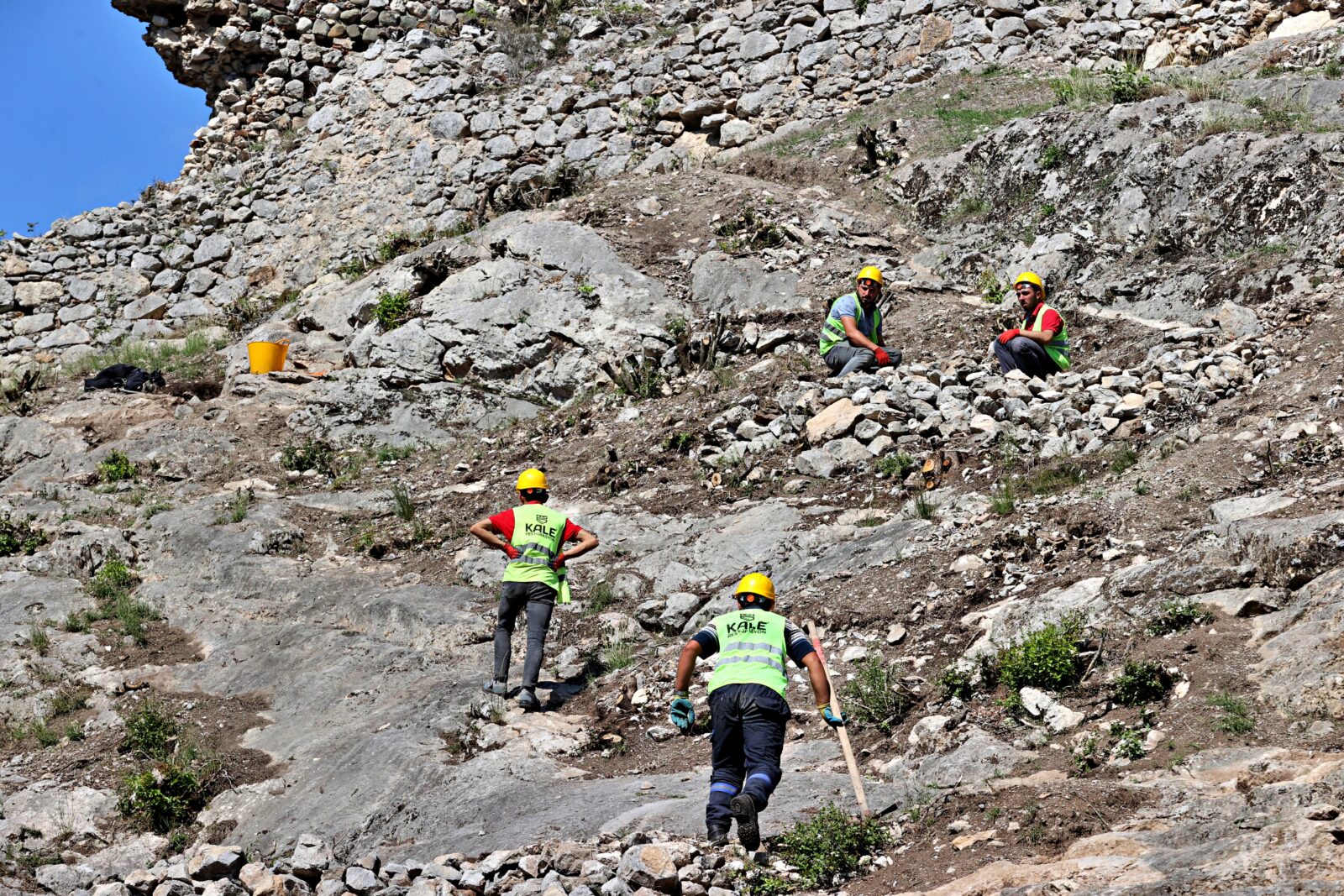
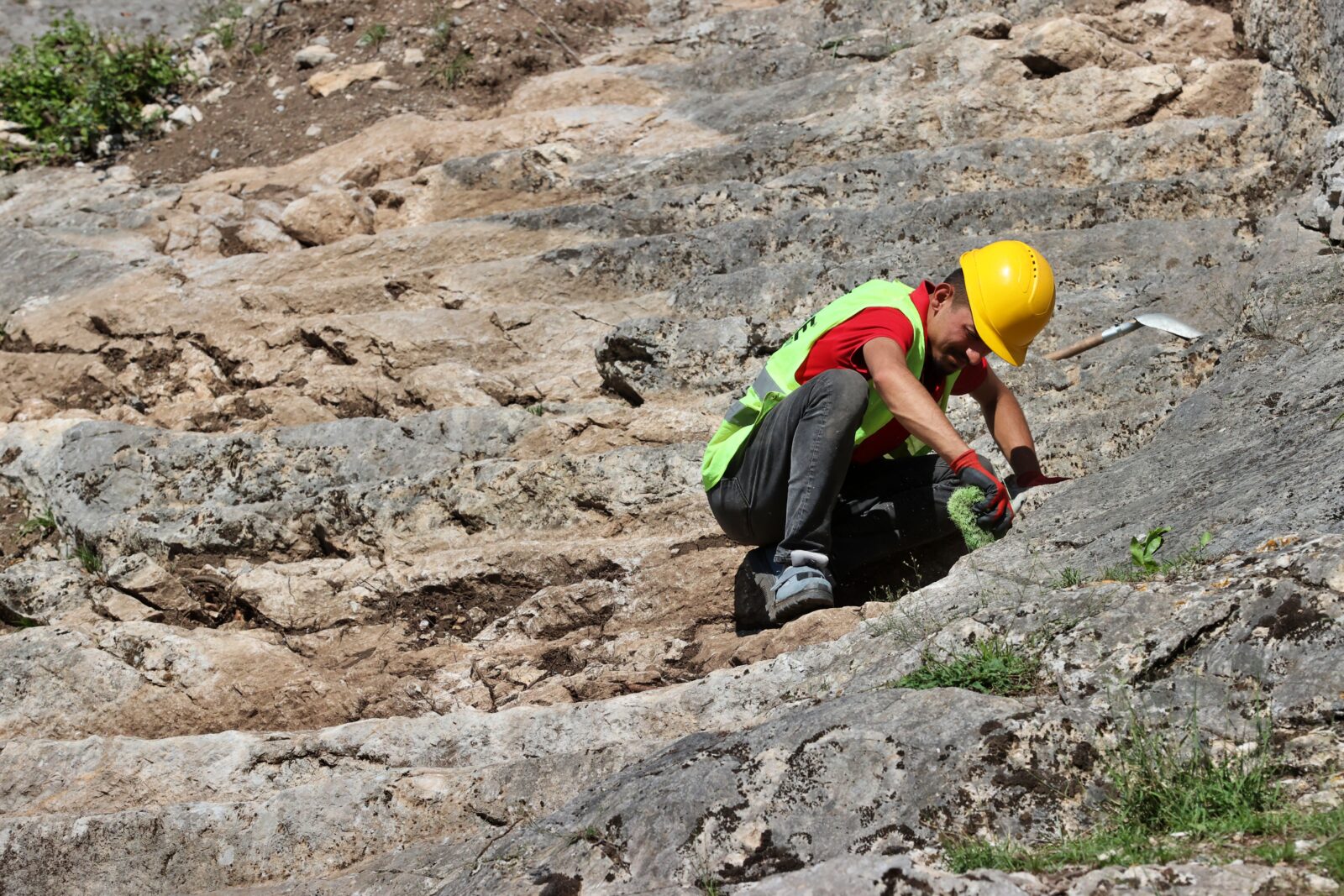
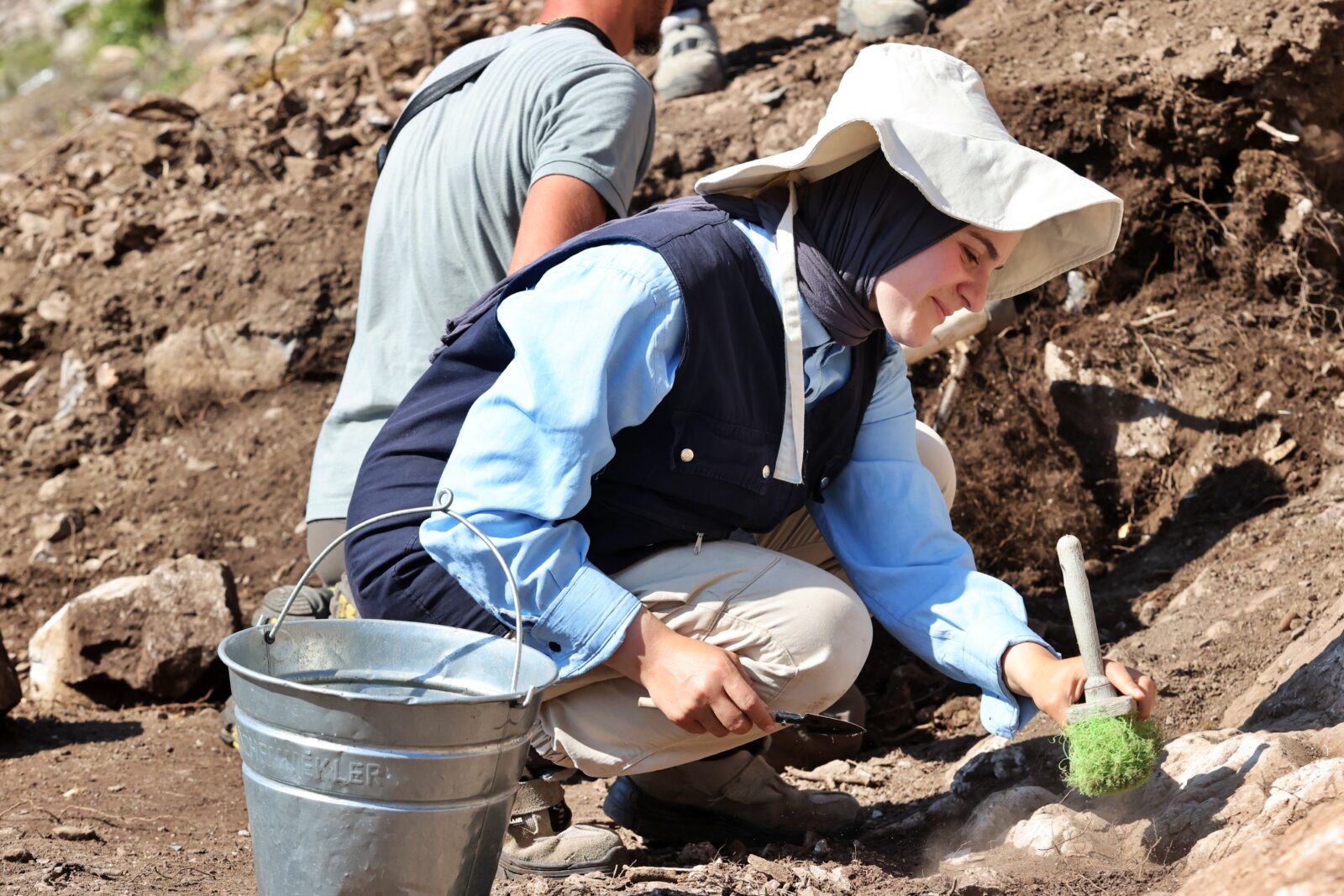

Anticipated discoveries span centuries
Oyarcin emphasized that findings from various historical periods are expected during the excavation, which is planned to continue until the end of the year. “So far, we’ve uncovered important artifacts from the Seljuk and Ottoman periods on the surface, but we anticipate discovering Roman and Hellenistic material in the deeper layers,” he said.
A team from OMU, including nine faculty members and 10 graduate students, is actively involved in the excavation work.
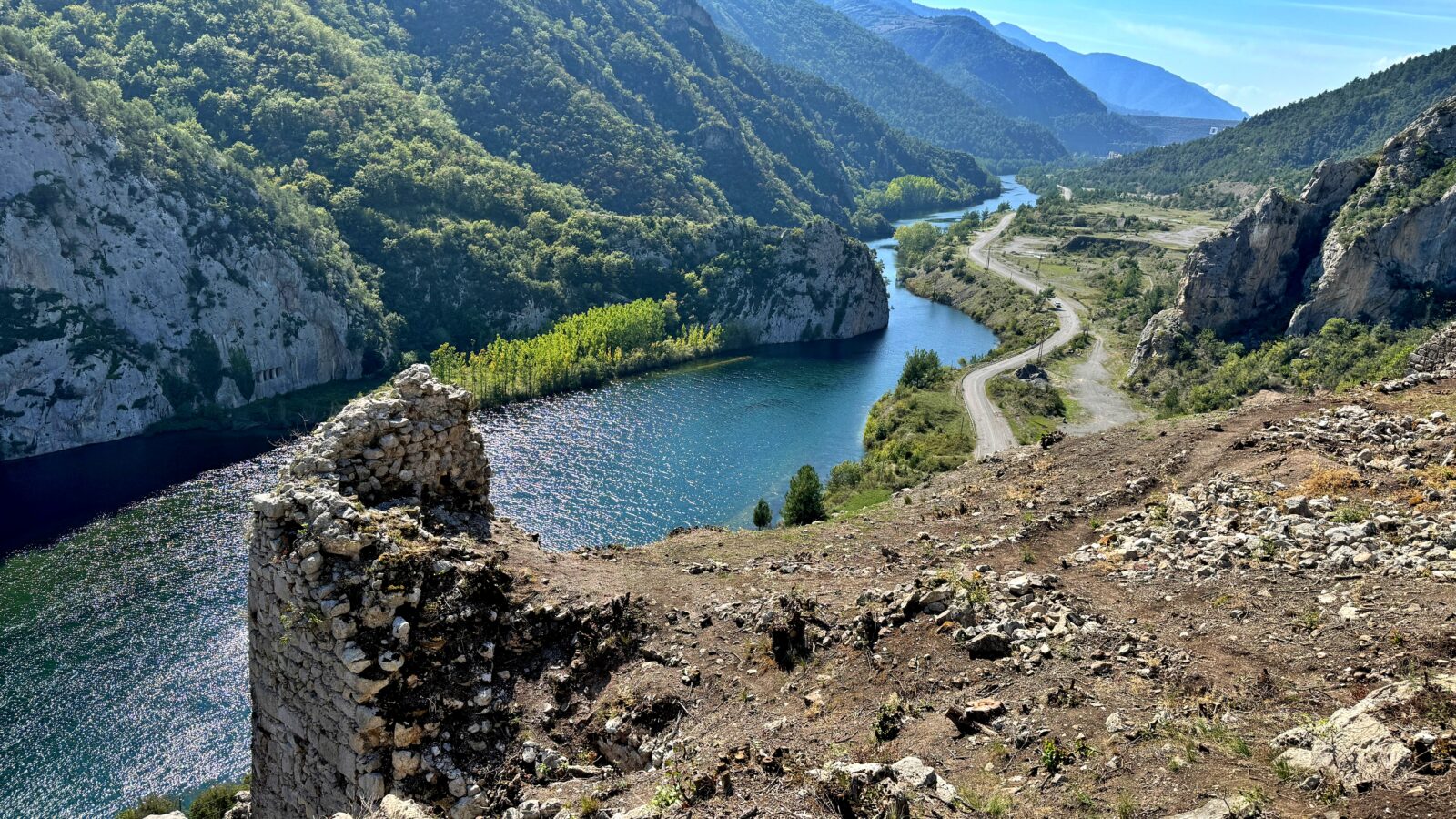
Asarkale to become key stop on tourist routes
Cemal Almaz, provincial director of culture and tourism, highlighted the historical significance of Asarkale and its potential as a tourist destination.
“This site contains not only fortifications but also ancient cisterns, underground passages, and staircases. These findings will be instrumental in boosting tourism in Samsun and the surrounding region. We plan to create a tour route that includes the rock tombs nearby,” Almaz explained.
The importance of the archaeological work in Bafra is further underlined by ongoing excavations at Ikiztepe, a site known for producing thousands of high-quality artifacts, some of which are displayed at the Samsun Museum and the Bafra Archaeology and Ethnography Museum.
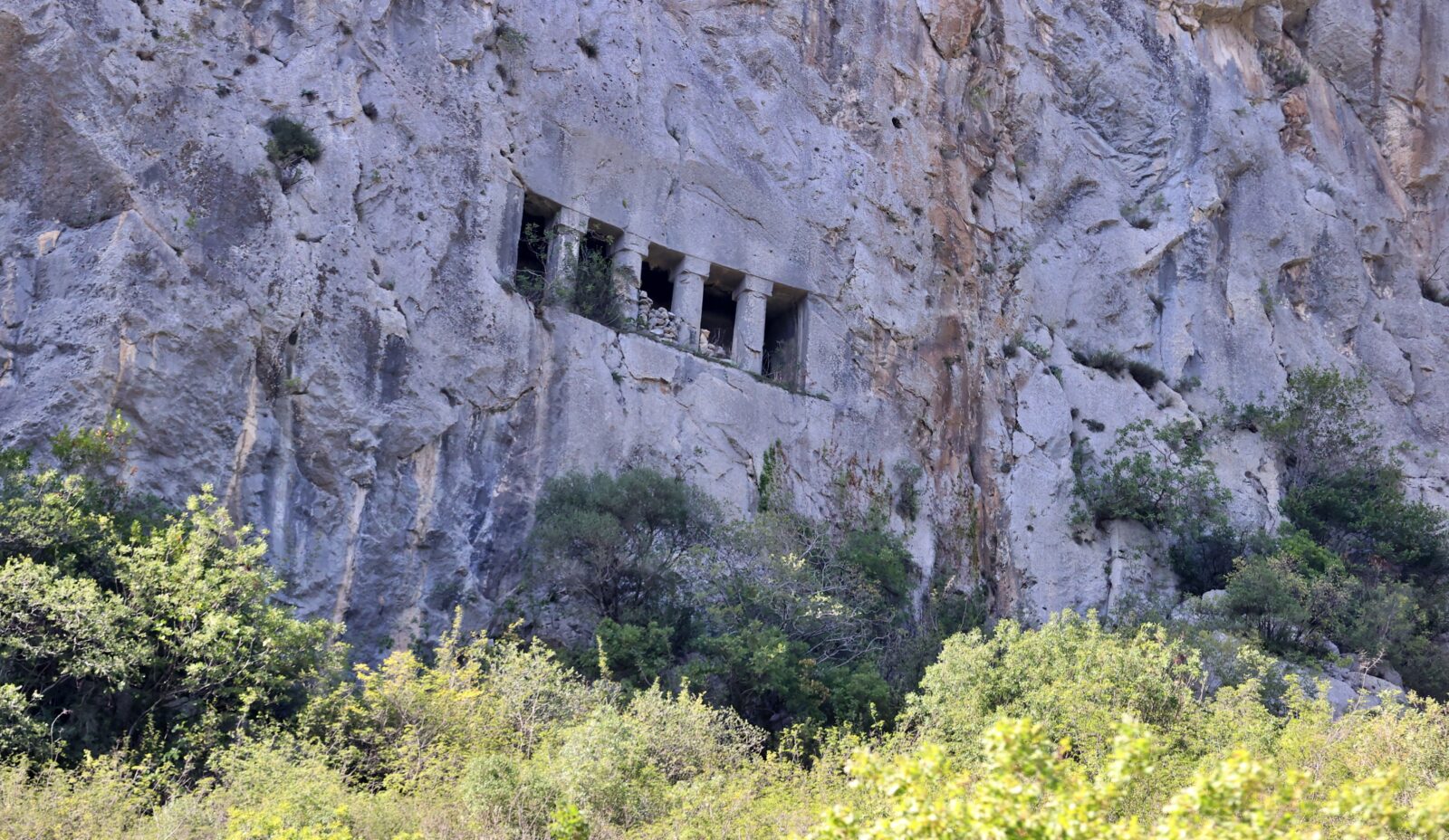
Hasan Dikmen, museum researcher and expert at the Asarkale site, expressed optimism about the new dig. “We hope that this new excavation will yield equally valuable finds and enhance our understanding of the area’s ancient history,” Dikmen stated.
Asarkale’s strategic location, overseeing agricultural and trade routes in the Kizilirmak Delta, played a crucial role in the region’s history. These excavations will help uncover the layers of civilization that have shaped the area for centuries.
